The Hoka Clifton is one of the most popular running shoes in the U.S., rivalling the likes of the Nike Pegasus 41 and Brooks Ghost 16, which means it’s surprising that Hoka has opted to make a big change to the shoe with the Hoka Clifton 10.
Compared with the Hoka Clifton 9, the 10 has a higher stack and drop, and the changes might see some Clifton move over to other models like the Hoka Skyflow. I enjoyed the ride of the new shoe however, finding it to offer a high level of comfort for daily training.
While the Hoka Clifton 10 can compete with the best running shoes, especially for new runners, it's not the most versatile shoe. In my Hoka Clifton 10 review I’ll compare it to the Clifton 9 along with shoes like the Hoka Bondi 9 and Hoka Skyflow, plus models from other brands like the Asics Novablast 5.
Hoka Clifton 10 review: price and availability
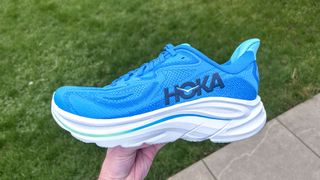
The Hoka Clifton 10 is due to go on sale in April 2025 and will cost $150, which is a $5 price rise on the Clifton 9. It’s the most affordable cushioned shoe in the Hoka range though, coming in cheaper than the Skyflow and Bondi 9, but equivalent options from other brands like the Nike Pegasus 41 and Asics Novablast 5 are $140.
Hoka Clifton 10 review: design and fit
The Hoka Clifton 10 will be available in six colors at launch including the blue model I tested, and it will have wide and x-wide options along with the standard fit. I found the shoe fit me well in my normal running shoe size and it has a wider toebox than past models of the Clifton, which have tended to be quite narrow.
I’d say the biggest change to the Clifton 10 compared with the 9 is the 3mm higher stack at the heel, which changes the drop from 5mm to 8mm, which makes the Clifton 10 an outlier in the Hoka range in general, with almost all of the brand’s cushioned shoes having a drop of 5mm.
This increase in stack means that the Clifton 10 is heavier than the 9, with the 10 tipping the scales at 10oz in my men’s size 9.5, while my Clifton 9 weighs 9.2oz in the same size.
Upper
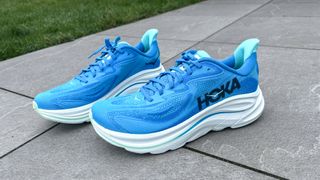
The Hoka Clifton 10 has a jacquard mesh upper that I found comfortable and breathable throughout my testing, though because I was using the shoe in the winter I didn’t get to test it in hot conditions.
There is a stiff internal heel counter that’s part of the shoe’s Active Foot Frame, which adds extra stability at the back of the shoe. The high heel tab is padded and cradles the Achilles comfortably without rubbing, and the padding on the collar and tongue creates a plush step-in feel to the shoe.
Midsole
The Hoka Clifton 10’s midsole is made from compression-moulded EVA, as it was on the Clifton 9, which is a less responsive material than the nitrogen-infused supercritical EVA used on the Hoka Mach 6, Skylow and Bondi 9 shoes.
It’s not an especially soft or springy foam, but it’s comfortable enough, and the fact it isn’t squishy helps the Clifton 10 to be naturally quite stable. However, it’s not a very lively or energetic material and the Clifton 10 doesn’t provide much spring off the toes.
Outsole
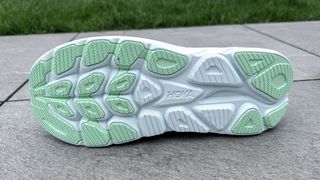
The Clifton 10 has a little more rubber coverage on its outsole than the Clifton 9, with all the key impact areas on the bottom of the shoe being covered. There is still some exposed foam on the shoe, but I don’t expect this to reduce its durability, and it has gripped well for me during wet conditions.
Hoka Clifton 10 review: running performance
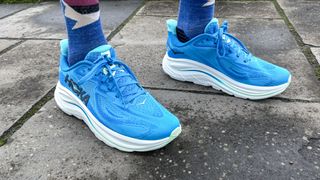
I’ve done a mix of daily training runs in the Hoka Clifton 10, mostly easy efforts along with two progression runs where I moved from easy to a steady pace of around 5:50/mile. I’ve also tested the last three versions of the Clifton, along with the rest of Hoka’s current line-up of cushioned shoes.
The shoe isn’t very soft underfoot, but undoubtedly comfortable and the fairly stiff ride and higher drop increases the speed of the transition from heel to toe compared to the Clifton 9. I found that the Clifton 10 was a little less soft than the 9, and it feels less smooth and natural at faster paces, but rolls comfortably at easy pace.
I didn’t find it the most versatile shoe myself and would use the Clifton 10 in a rotation with a faster shoe, like the Hoka Mach 6 or a plated trainer like the Hoka Mach X2. However, if you prefer to use one shoe or are a newer runner, you can use the Clifton 10 for everything and it’s better in this role than a max-cushioned shoe like the Bondi 9.
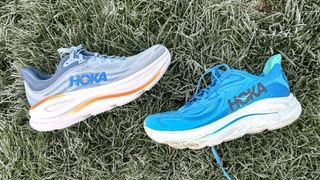
The Clifton 10 is a stable shoe thanks to its wide base and mild rocker shape, along with the fact the foam isn’t too soft or wobbly, and it also works well for walking and general use.
However, the fact it has what feels like a last-gen foam in its midsole compared to Hoka’s other shoes, and the market at large, is disappointing given that it has gone up in price compared wit the Clifton 9.
That’s especially the case when the competition from other brands is fierce in this area of the market, with the Asics Novablast 5 in particular standing out as a livelier and more versatile daily trainer that’s also cheaper than the Clifton 10.
Should you buy the Hoka Clifton 10?
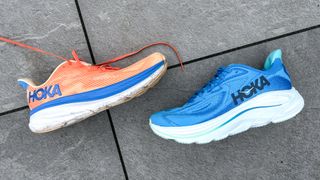
The Hoka Clifton 10 is a good daily trainer but it feels more like a slightly different version of the Hoka Clifton 9 rather than an upgrade. The Hoka Skyflow is an upgrade on both shoes in my opinion, and worth the extra $10 you pay compared to the Clifton 10 as a more versatile and lively cushioned daily trainer.
I enjoyed running in the shoe, but it suffers in comparison to the Asics Novablast 5, which I recently tested and has a softer and bouncier foam in its midsole and is cheaper. The Puma Velocity Nitro 3 is another more affordable shoe I prefer thanks to the nitrogen-infused foam used in its midsole, though it has a 10mm drop and a narrow fit, both of which might not work for every runner.
Compared to other popular mid-range shoes like the Brooks Ghost 16 and Nike Pegasus 41 the Clifton has a lower drop and a smoother ride, and it’s also lighter than those shoes. I like the Hoka most out of the trio on the run though the Nike is better value. I also like the Clifton 10 more than the heavy Bondi 9, which I found quite sluggish on the run.
If you pick up the Clifton 10 it will serve you well as a comfortable daily trainer that you can also use outside your runs, and I can see it remaining as popular as ever as one of the best mid-range shoes available. But it’s a shame Hoka didn’t bring its best foams to its midsole.




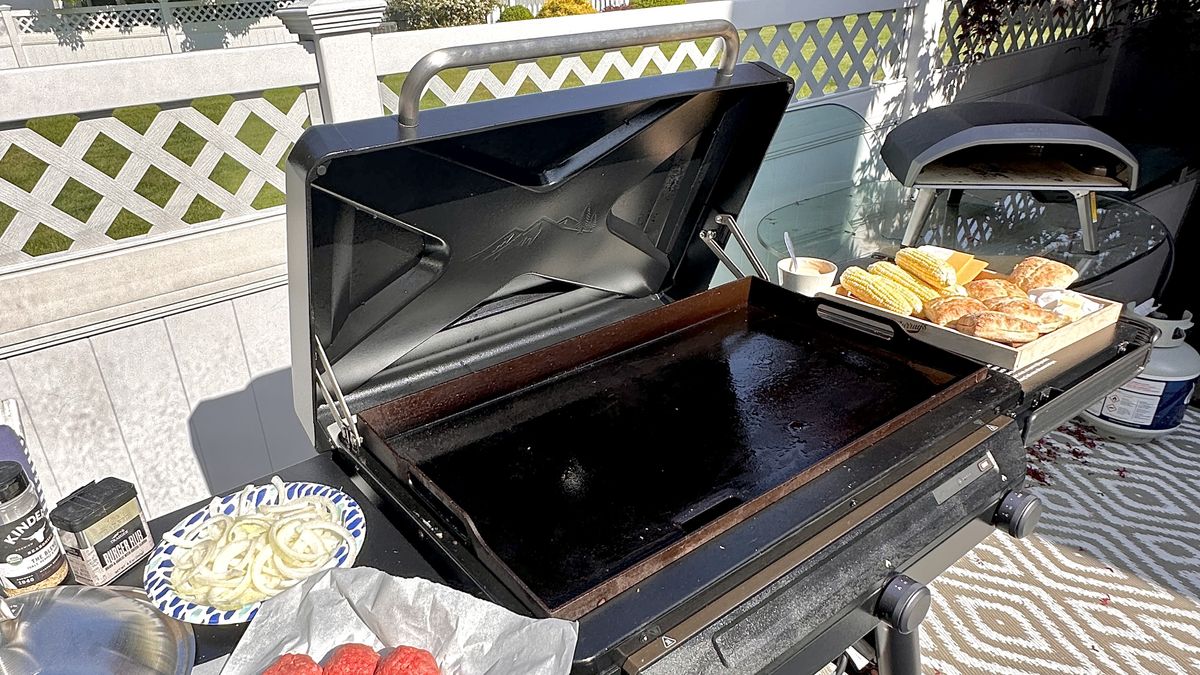

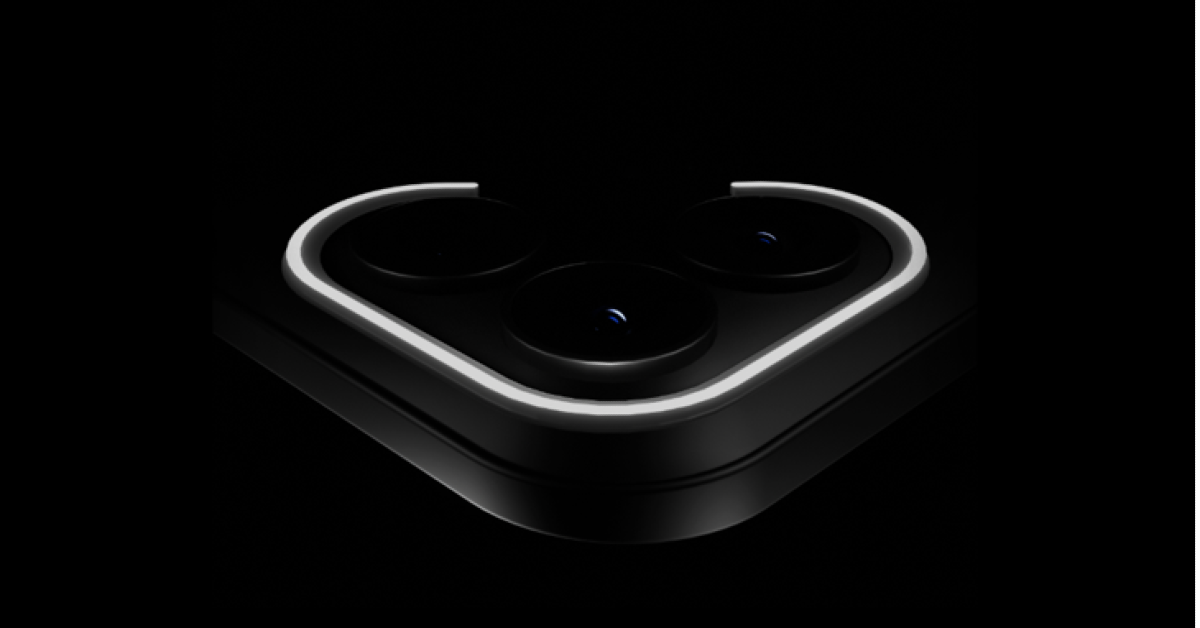



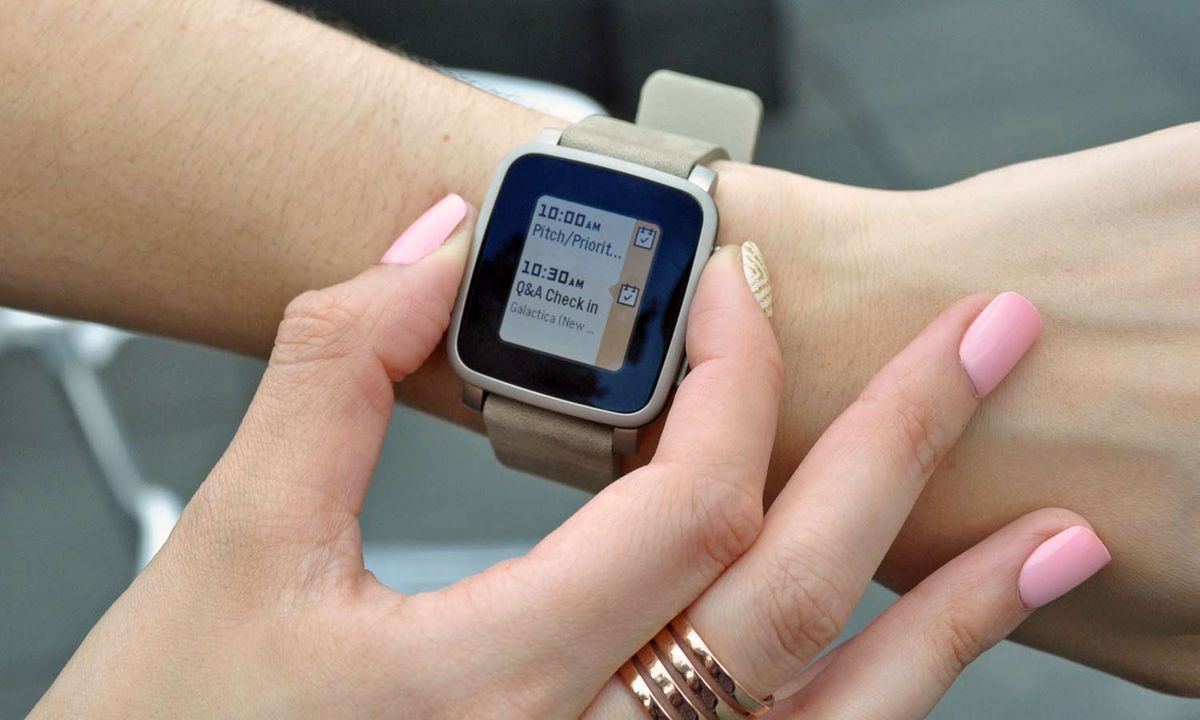
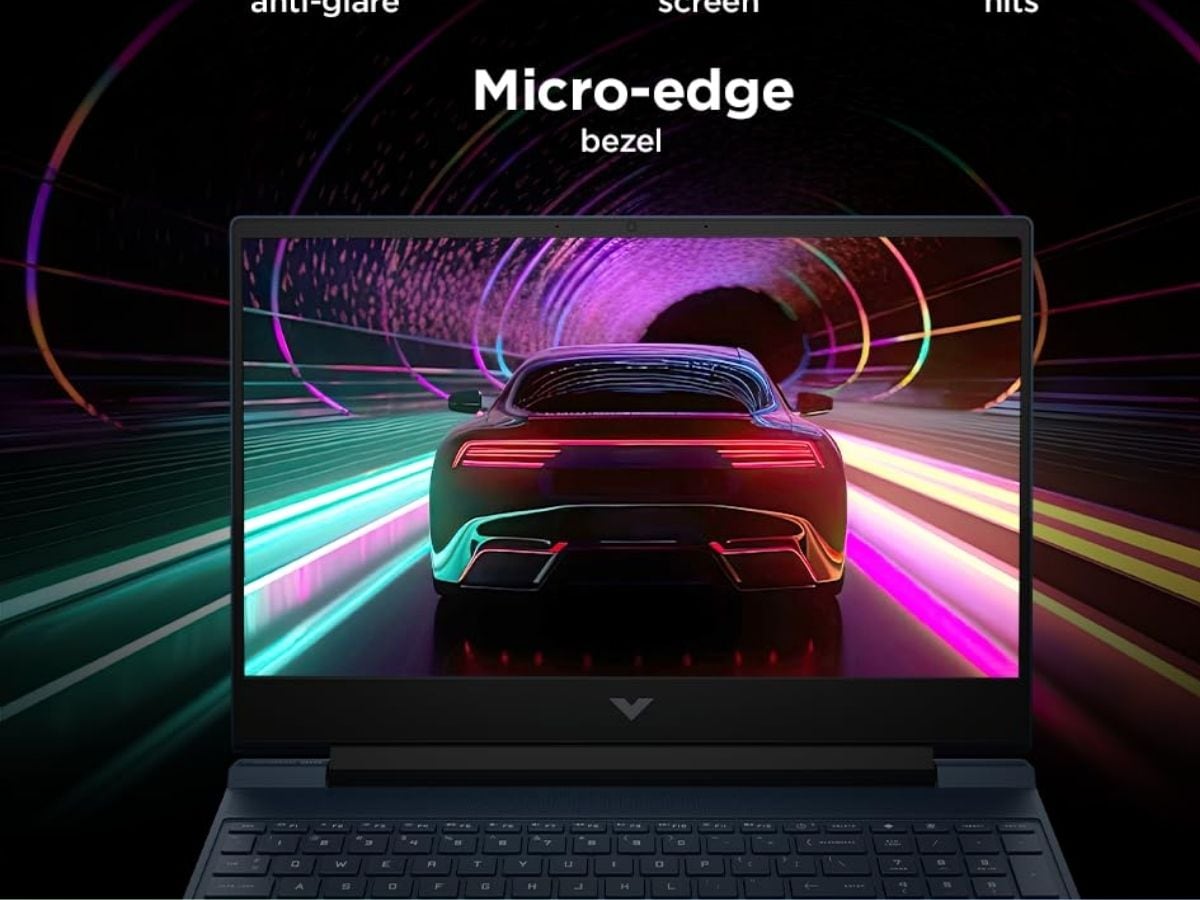









 English (US) ·
English (US) ·